A flexible heater is a heater made by screen printing conductive busbars and resistive heating elements on thin material substrates.
Unlike traditional wire heaters, this innovative technology uses electrically resistive inks to turn current into heat. Through precise design and manufacturing, these heating elements can meet specific operating parameters.
Butler Technologies' printed heaters have a thin, flexible, and sometimes stretchable form factor, providing the end user with increased design freedom compared with other commercially available technologies. They can fit into tight spaces, conform to complex shapes, or even flex and stretch with the body when integrated into garments.
Thin: Most flexible heaters are 0.05 to 0.76mm thick (thinner than a human hair.) Unlike wired heaters, flexible heaters can be incorporated into applications so seamlessly that your user won’t notice the difference (except the heat!)
Portable: Conductive inks eliminate the need for wires, and with battery-operated functionality, flexible heaters can be worn or traveled within harsh climates where you need them most.
Flexible: Depending on the substrate used, your flexible heater can be curved or even stretchable.
Washable: Garments integrated with printed heaters can be designed to be washable. They can be hand washed for high-use applications (performance wear) or machine washed for low-use applications (outdoor gear).
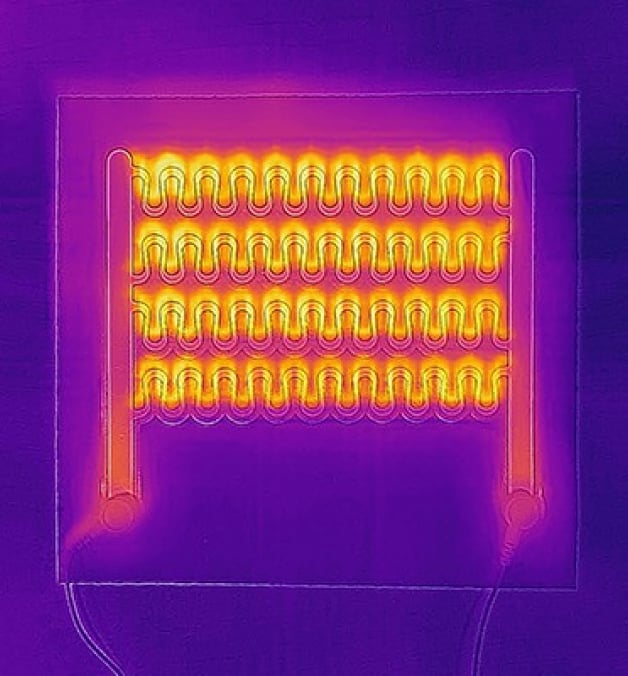
Fixed resistance heaters are made from conductive silver ink traces and bus bars* printed on top of a substrate. Their resistance value changes very little, or stays “fixed”, as the voltage drives electrical current through the silver traces, causing them to heat up. By managing the heater’s voltage, resistance and current, we can design the heater for specific temperature requirements.
Fixed resistance heaters offer consistent operation during garment stretch and are the ideal solution for wearable applications.
*Except in the case of busless designs
Top Cover Layer: The TPU cover film is added for extra protection. Covers can be clear or customized graphics like logos.
Heating Element: Specialty resistive carbon, silver, or blended inks
BusBar System: Silver conductive inks send electricity through to the heating element
Base TPU Film: TPU is most common for its ability to stretch and conform to its user. The back can also have a hot-melt adhesive for easy application to fabric garments.
Fabric: The fabric layer is optional.
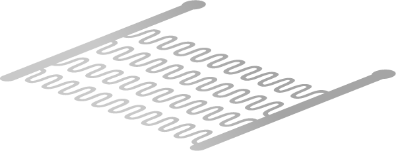


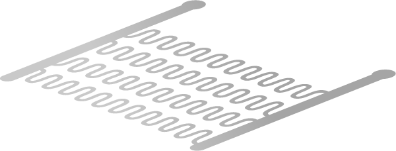
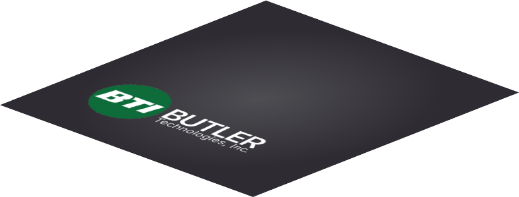
Heater Development Kit ON SALE!
Get One Before They're Gone!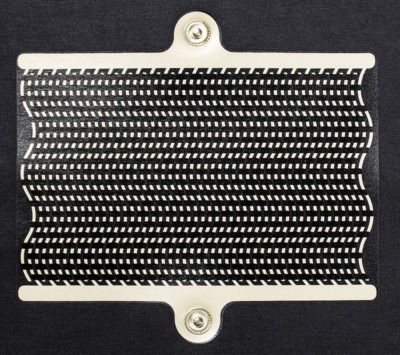
PTC heaters are made of conductive silver ink traces and carbon ink tiles printed on a PET substrate. Unlike wired heaters or our fixed resistance heater, PTC heaters have a variable resistance. As electricity flows through the silver traces to the carbon tiles, the temperature increases in the tiles, and so does the resistance. Both the temperature and the resistance will continue to rise until the resistance is too high for electricity to flow through. This causes the tiles to cool until the resistance is low enough for the electricity to begin flowing again. This process creates a temperature ceiling where the heating element can only heat up to a specified temperature.
PTC heaters are ideal for industrial and automotive applications where safety and simplicity are crucial
Top Layer Adhesive: A PTC compatible adhesive is applied to both protect the ink and allow for application.
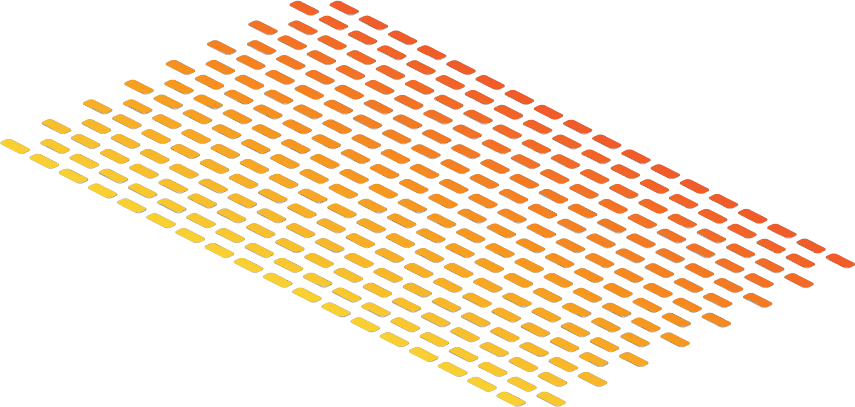
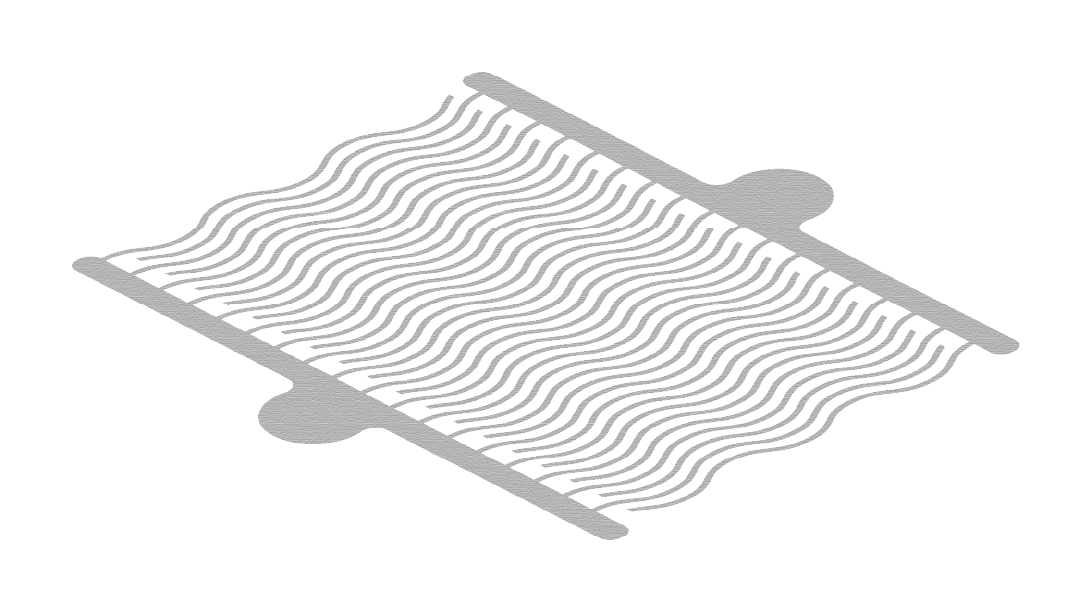

With all the different customization options and use cases, it might seem overwhelming.
Contact our expert team today and take the pressure off yourself.